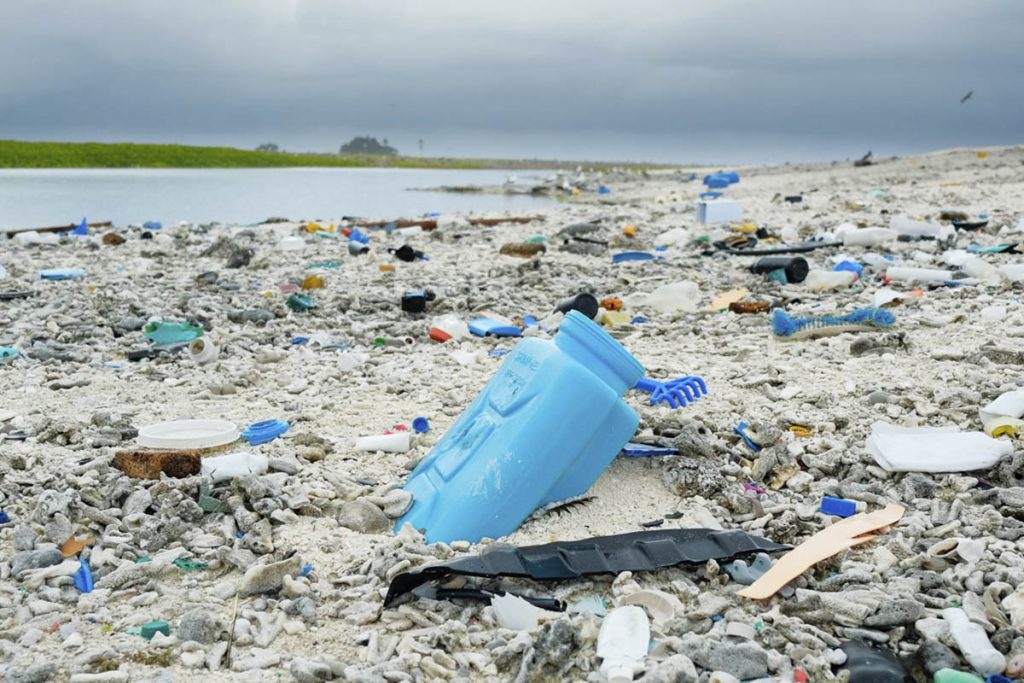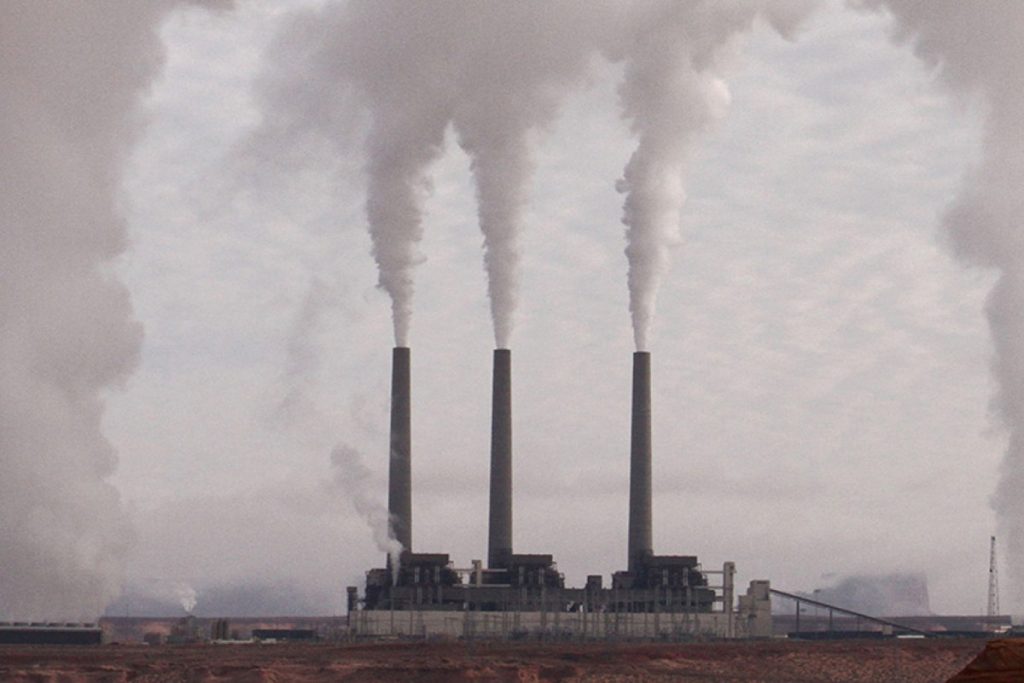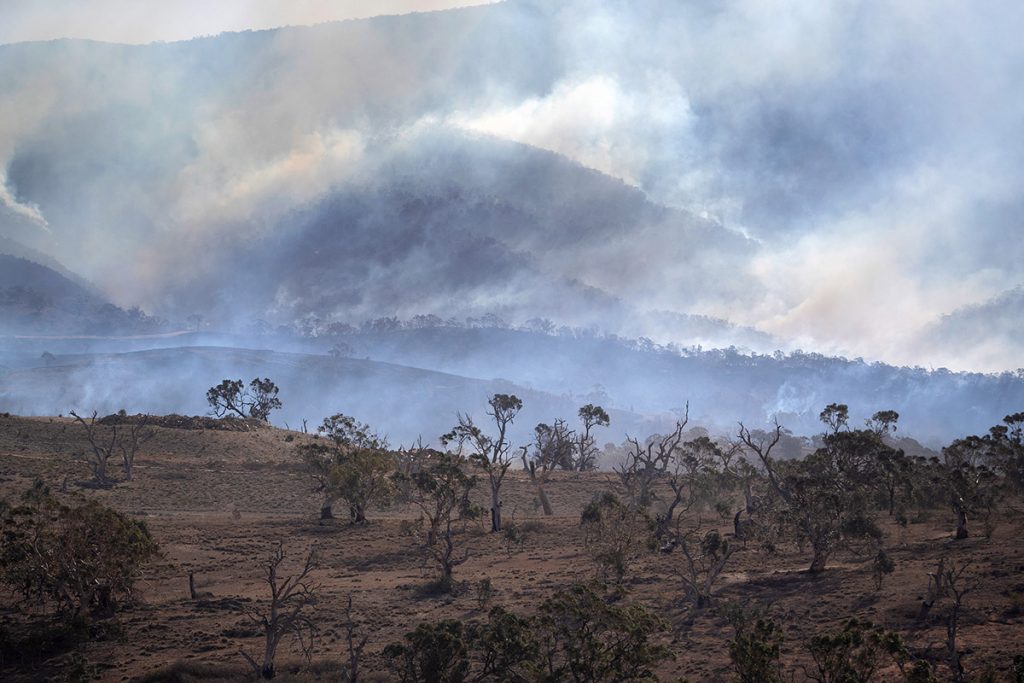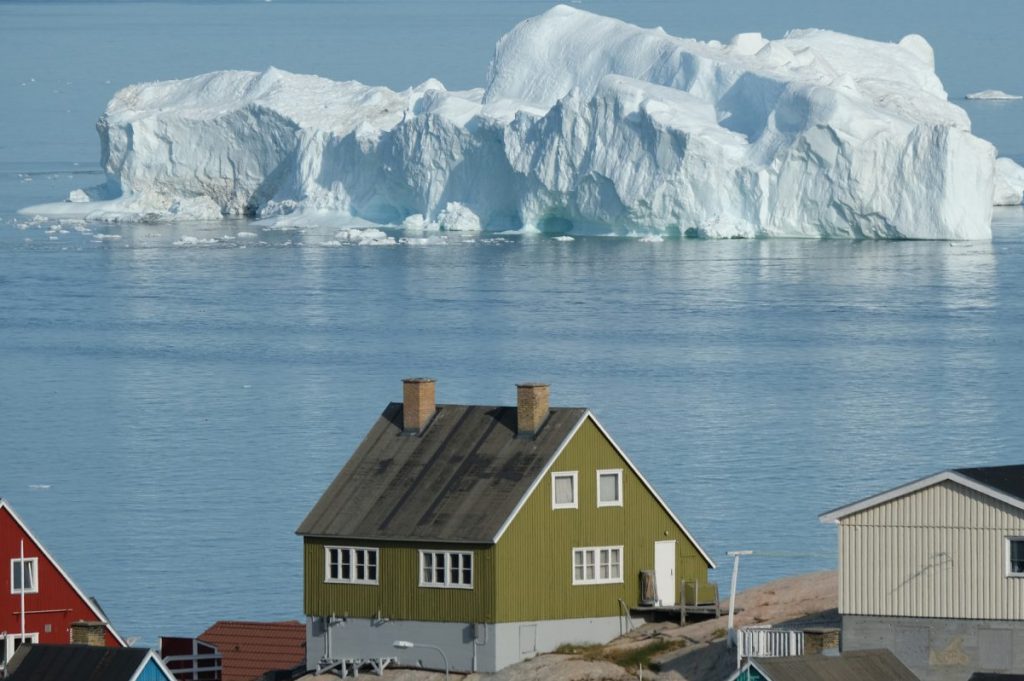
A Thanksgiving: Plastic Edition
Commemorating Thanksgiving meant having the entire family coming together, sharing fun stories, and eating lots of food — but with a side of plasticity. And by ‘plasticity’, we are talking about discarded plastics that had nothing to do with Thanksgiving all together.
Single-use plastics, cellophane bags, plastic bottles, and tiny packet-packaging can significantly affect the amount of trash being piled over landfills and places like the Great Pacific Garbage patch. And take note, this doesn’t even lessen the number of garbage expended during holidays every year. Statistically, Americans throw away 25% more trash during …








